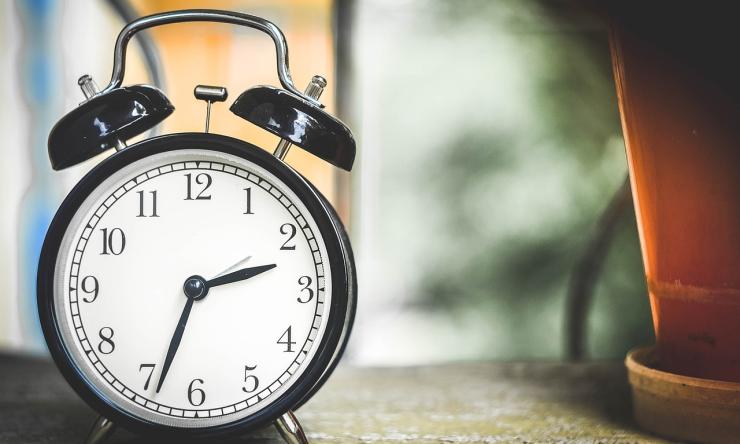Setback your clocks, not your sleep schedule
The upcoming end of daylight saving time means it’s time to change your daily routine to accommodate for the extra hour in the day. A sleep expert at Baylor College of Medicine shares tips for you and your family so you don’t disrupt your schedule.
“The time to prepare for the upcoming time change is now,” said Dr. Sonal Malhotra, assistant professor of pediatrics – pulmonary and sleep medicine and associate program director of the sleep medicine fellowship at Baylor and Texas Children's Hospital. “You want to allow yourself at least two weeks to modify all aspects of your schedule that can impact your quality of sleep.”
For the transition to standard time from daylight saving time, sleep times should be increased by 10-15 minutes until the sleep time is an hour later than what you are used to. Daily routines, such as shower times, mealtimes and even exercise times also should be completed 10-15 minutes later to train your body to match the upcoming change. If you are finding it difficult to stay up later, Malhotra says keeping overhead lights in the room on will encourage your body to stay awake.
While adults can more easily adapt to a changing schedule, children may find it more difficult to prepare for the extra hour. Malhotra advises parents to look into sleep training clocks as a helpful tool for instilling healthy sleeping habits in their children. These devices use color cues to indicate when it is time to be in bed, stay in bed and leave bed. These cues can be adjusted, allowing for the incremental time changes leading up to the big one.
With the upcoming holiday breaks where students are out of school, Malhotra says it is fine for children to sleep in a little later than their schedules dictate; however, bedtimes should stay about the same time as they are during school days.
“During the fall, children usually have a harder time sleeping in. When the clock indicates that it’s time to be awake, they can stay in their room and play with their toys until it’s time to start their mornings,” Malhotra said.
Both adults and children need to ensure that proper sleep hygiene is followed to stay asleep. The room where you sleep should be cool, dark and quiet. Night lights are okay in rooms but should not be so bright that they keep children awake. Blackout curtains and white noise machines are encouraged if they help with falling asleep. Sleep preparation also is an important ritual. Malhotra advises starting this routine, which may include showering and brushing your teeth, an hour before bed. Electronic devices, including television screens, should be avoided during this time as the light can prolong the time it takes you to fall asleep.
For some, even an appropriate sleep environment cannot stop wandering thoughts that prevent people from falling asleep. This can be especially true during the holiday season when stress from familial obligations is higher than usual. If this is something you experience often, Malhotra suggests using wind down time before bed to physically write down your thoughts, whether they be what needs to be done tomorrow, or what has been done today, to help settle your mind.
“These rituals and routines also maximize your sleep efficiency, that is increasing the amount of time you are asleep when you are in bed, and minimize the time you stay awake scrolling or stimulating your mind when you are in bed,” Malhotra said.










